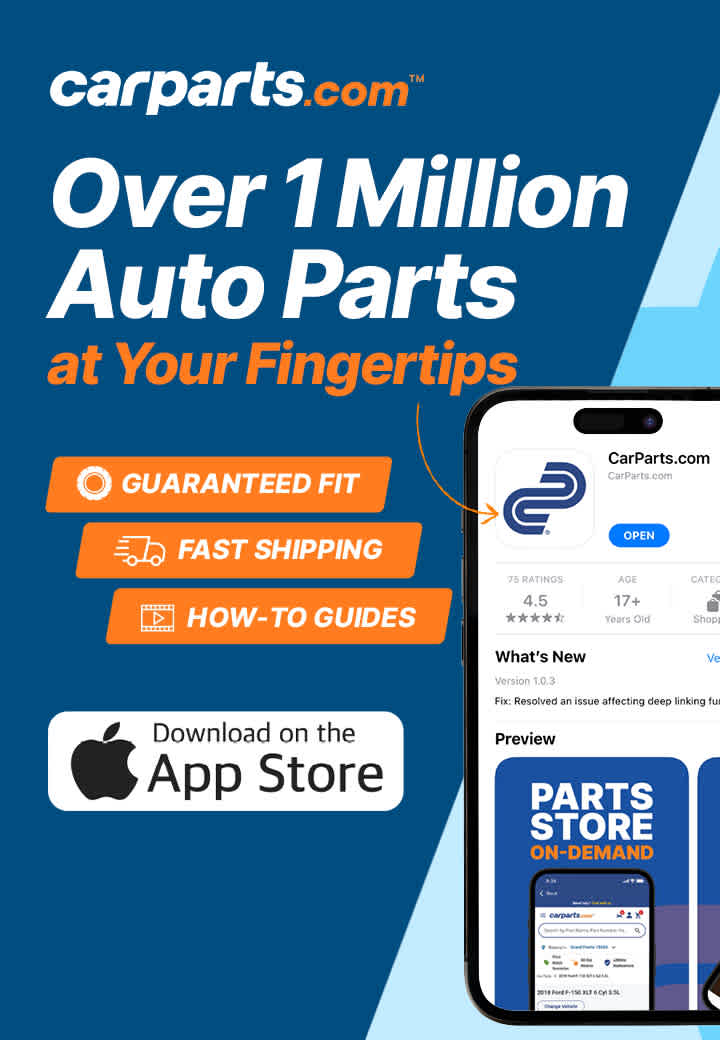Q: Where is the CV joint located in a car?
A: Constant velocity (CV) joints are found on both ends of the driveshafts of a front-wheel drive (FWD) car. The inner CV joint sits between the axle and transmission. Meanwhile, the outer CV joint can be found between the axle and the wheel.

CV joints connect the transmission to the wheels. Considered part of the driveshaft, they’re mainly used on FWD vehicles, although some rear-wheel drive (RWD) and four-wheel drive (4WD) vehicles also use them.
A CV joint transmits torque from the transmission to the wheels. Furthermore, it ensures a constant speed no matter the wheels’ position. The joint ensures the wheels move at a constant velocity during turns. It also compensates for the suspension’s vertical movement, such as when driving over uneven terrain that causes your car to jolt up or down.
Tips on How to Access the CV Joint

- Lift and safely support the vehicle.
- Remove the tire and wheel.
- Remove all parts connected to the steering knuckle and hub.
- Remove the large nut that secures the Splined CV axle joint to the hub.
- Disengage the axle from the hub.
- Remove the steering knuckle or swing it out of the way and secure it.
- Pop the CV axle out of the final drive with a prybar.
Any information provided on this Website is for informational purposes only and is not intended to replace consultation with a professional mechanic. The accuracy and timeliness of the information may change from the time of publication.
































